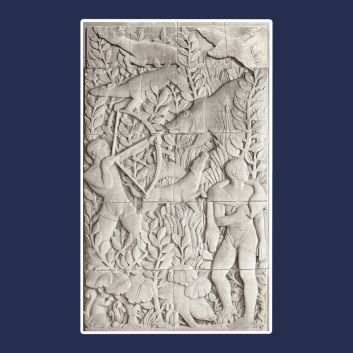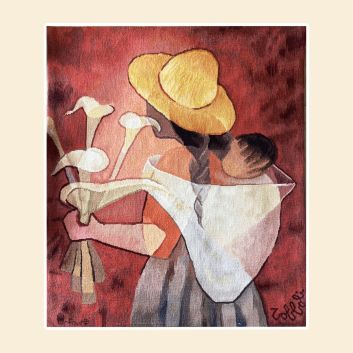Cote et valeur des oeuvres, dessins, sculptures de Jules Pascin
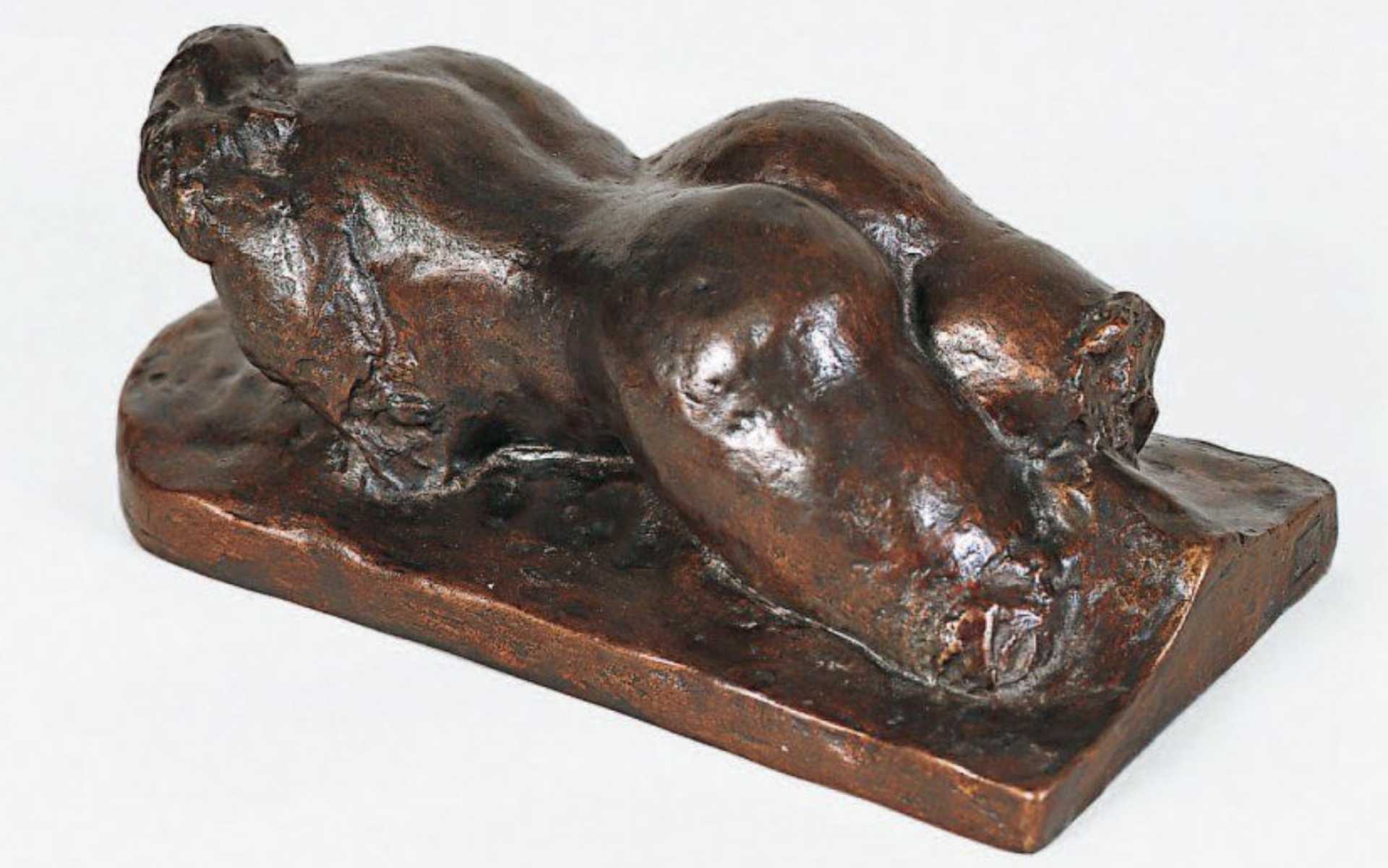
Peintre et dessinateur d’origine Bulgare, membre de l’école de Paris, Jules Pascin (1885-1930) se distingue par ses dessins à tendance érotiques représentant la vie nocturne parisienne.
Si vous détenez une œuvre réalisée par l’artiste Jules Pascin ou d’après son travail et que vous souhaitez connaître sa valeur, nos experts et commissaires-priseurs agréés par l’état vous aiguilleront.
Nos spécialistes réaliseront une expertise gratuite de votre œuvre, et vous transmettront une estimation précise de sa valeur sur le marché actuel.
Par la suite, si vous désirez vendre votre œuvre, nous vous orienterons vers le meilleur dispositif possible pour en obtenir un prix optimal.
Cote et valeur de l’artiste
Grâce à sa production artistique prolifique, Jules Pascin est courant en salle des ventes. Artiste expressionniste coté de l’École de Paris, ses œuvres se vendent à des montants importants sur le marché des enchères.
Aujourd’hui, les prix auxquels ses oeuves se vendent sur le marché des enchères s’échelonne entre 20 et 407 400€, un delta considérable mais qui en dit long sur la valeur qui peut être attribuée aux œuvres de Jules Pascin.
Cherchées par les collectionneurs, les œuvres de Jules Pascin peuvent atteindre des centaines de milliers d’euros aux enchères, comme en témoigne son huile sur toile La petite actrice, adjugée plus de 400 000 € chez Sotheby’s en 1990.
Ordre de valeur allant du plus basique au plus prestigieux
Technique utilisée | Résultat |
|---|---|
Sculpture - volume | De 3 500 à 6 600€ |
Estampes | De 20 à 15 000€ |
Dessin - aquarelle | De 30 à 120 610€ |
Peinture | De 150 à 407 400€ |
Réponse en - de 24h
Style et technique de l’artiste Jules Pascin
D’abord peintre, puis dessinateur, Jules Pascin offre une palette d'œuvres variées. Les peintures de Pascin sont présentes dans les musées, mais rares dans les salles des ventes.
Ses portraits emblématiques, souvent empreints d'une douce mélancolie, présentent des figures délicates aux traits expressifs et aux yeux chargés d'humanité.
Ces œuvres sont très recherchées et peuvent atteindre plusieurs dizaines de milliers d’euros aux enchères pour des dessins, tandis que ses huiles sur toile peuvent dépasser les millions d’euros.
Tout aussi rares que ses peintures, les illustrations de Pascin sont également prisées. L’artiste a exploré différentes techniques, notamment le fusain, l’aquarelle et la gravure.
Ses œuvres sur papier sont souvent multiples, mais celles réalisées dans des médiums plus complexes, comme la gravure sur cuivre, sont considérées comme des pièces exceptionnelles. Leur prix peut facilement dépasser le million d'euros, témoignant de l’intérêt soutenu des collectionneurs pour cet artiste à la sensibilité unique.
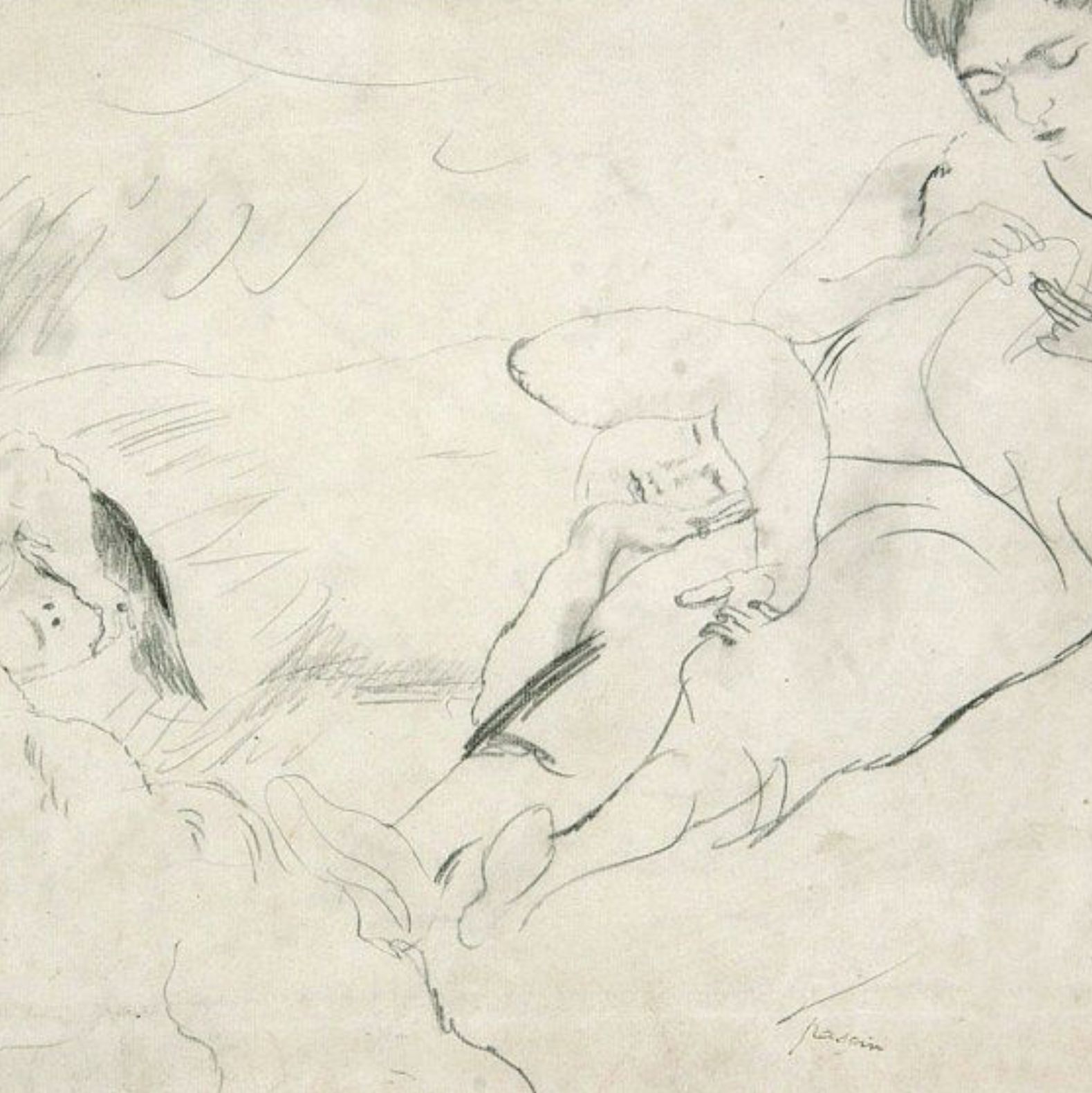
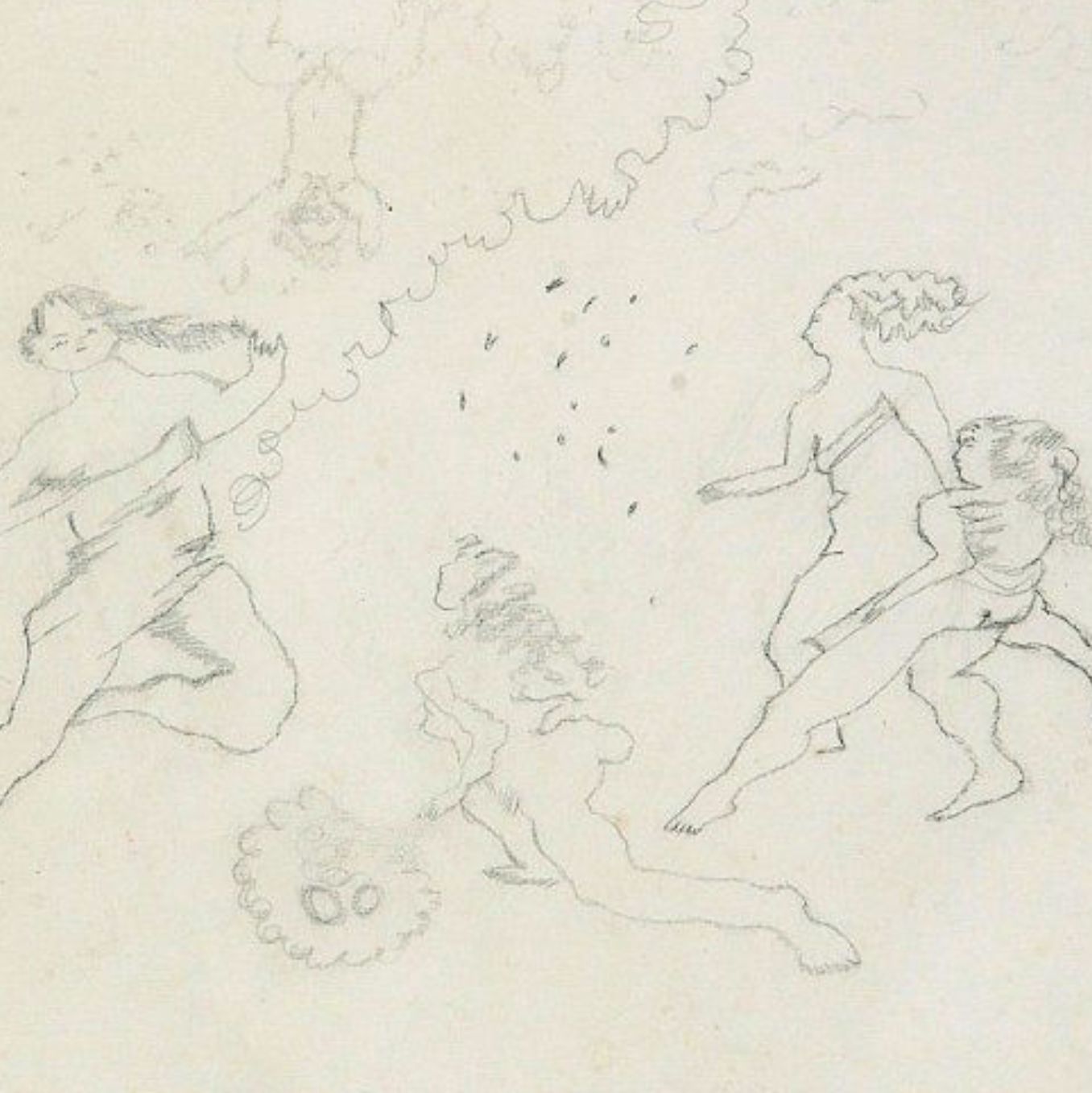
Pascin, un des artistes les plus cotés de l’École de Paris
D'origine bulgare, Jules Pascin voit le jour à Varna en 1885, dans une famille juive. Très tôt, il révèle un tempérament sensible, façonné par une enfance marquée par des voyages et un déménagement à Paris, où il s'immerge dans la vie bohème de la capitale.
Sa mère, qui l’encourage dans sa passion pour le dessin, joue un rôle essentiel dans son développement artistique, le soutenant dans ses ambitions dès son plus jeune âge.
La légende veut que Pascin ait découvert sa vocation artistique dans un moment d’introspection profonde, alors qu’il naviguait entre mélancolie et rêves de grandeur. Il commence par dessiner des portraits, un genre qui occupera une place centrale dans son œuvre, tant en peinture qu’en gravure.
À peine adolescent, il suit des cours de dessin à l'École des Beaux-Arts de Paris, défiant les attentes familiales qui auraient préféré qu'il choisisse une voie plus conventionnelle.
Rapidement, il se distingue parmi ses pairs, absorbant les influences des artistes qui l'entourent. Sa rencontre avec des figures emblématiques de l’époque, comme le peintre impressionniste Édouard Vuillard et le sculpteur Henri Matisse, nourrit son style.
Pascin s’imprègne des nuances de la vie parisienne, tout en conservant une fascination pour le corps humain, qu’il explore avec une délicatesse et une sensualité particulières.
Sa formation est marquée par une vie intense, souvent associée à la bohème parisienne, où il se lie d’amitié avec des artistes de tous horizons, allant de l’expressionnisme au surréalisme. La découverte des cafés et des cabarets, lieux de rencontre de la scène artistique, devient pour lui une seconde école.
Ses œuvres, empreintes de nostalgie et de poésie, révèlent son penchant pour la représentation des femmes et des scènes de la vie quotidienne, cultivant ainsi un style inimitable qui lui permet de se faire un nom dans l'École de Paris.
Dans ses créations, Pascin allie habilement l'héritage de ses racines avec les influences contemporaines, tout en maintenant un regard critique sur la société. Sa trajectoire artistique, jalonnée d'expérimentations, marque l’histoire de l’art et le place parmi les figures les plus en vue de son époque.
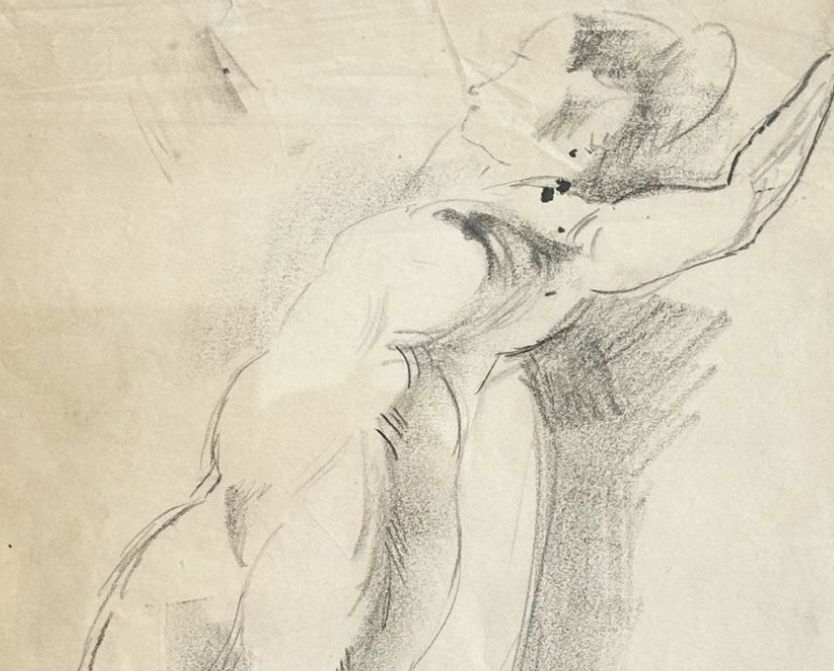
Le portrait d'Hermine David par Jules Pascin (1907)
Le portrait d'Hermine David, réalisé par Jules Pascin en 1907, s’inscrit dans une période où l’artiste dévoile sa maîtrise du portrait au sein de l’École de Paris.
D’origine bulgare, Pascin capture dans cette œuvre l’essence de sa modèle, une figure emblématique de la vie artistique de l’époque.
Hermine David, artiste peintre elle-même et muse de plusieurs créateurs, est représentée avec une délicatesse qui révèle à la fois sa beauté et sa profondeur psychologique. Le choix des couleurs, douces et nuancées, crée une atmosphère intimiste qui invite à l’introspection.
Le traitement de la lumière dans ce portrait témoigne de l'habileté de Pascin à jouer avec les ombres pour accentuer les traits de son sujet. Les coups de pinceau, à la fois légers et expressifs, insufflent une dynamique à l’œuvre, transformant le simple portrait en une exploration des émotions.
L’artiste parvient à capter non seulement l’apparence de Hermine, mais également son aura, rendant le spectateur complice de cette rencontre visuelle.
Au-delà de la simple représentation, ce tableau illustre la relation entre l’artiste et son modèle, une interaction marquée par la complicité et l’admiration. Hermine David devient plus qu’un sujet ; elle incarne une muse inspirante, une figure qui cristallise l’esprit de l’avant-garde de l’époque.
L’influence de l’impressionnisme est palpable dans le choix des couleurs et dans la lumière qui danse sur le visage de Hermine. Cette approche résulte d’un dialogue entre Pascin et ses contemporains, notamment des artistes comme Édouard Manet et Henri Matisse, dont les recherches sur la couleur et la forme marquent profondément l'art moderne.
Le portrait d'Hermine David s'impose ainsi comme une œuvre majeure dans la carrière de Pascin. Il évoque à la fois la beauté de la femme moderne et la quête d’authenticité dans l’art. La peinture devient un moyen d’exprimer non seulement l’apparence extérieure, mais aussi les complexités de l’identité féminine.
Aujourd’hui, ce portrait reste un témoignage poignant de l’univers artistique de Pascin, où la sensibilité et l’expressivité se rencontrent pour donner vie à des figures emblématiques.
Jules Pascin, par cette œuvre, confirme son statut d’artiste incontournable de son temps, et Hermine David s’élève au rang de muse intemporelle, captivant toujours l’attention des amateurs d’art.
Pascin par Joann Sfar
L’empreinte de Jules Pascin dans l’art moderne
L’empreinte de Jules Pascin dans l’art moderne se révèle comme un témoignage poignant de la vie bohème parisienne au début du XXe siècle. D’origine bulgare, Pascin naît à Vidin en 1885 et s’installe à Paris en 1904, attiré par le foisonnement créatif de la capitale française.
Il fréquente les cercles artistiques de Montparnasse, où il côtoie des figures emblématiques telles qu’Amedeo Modigliani et Chaïm Soutine.
Son œuvre se caractérise par une légèreté aérienne, où l’intimité des portraits et des scènes de la vie quotidienne est accentuée par des coups de pinceau fluides et expressifs.
Pascin excelle dans la représentation de la féminité, abordant ses modèles avec une sensibilité rare, traduisant des émotions complexes à travers des expressions délicates. Son style, à la fois romantique et réaliste, le place en tant que figure charnière entre le post-impressionnisme et l’expressionnisme.
Les thèmes de la solitude et de la mélancolie sont récurrents dans son travail, lui conférant une profondeur émotionnelle qui résonne avec son propre parcours personnel, marqué par des luttes contre la dépression.
Ses œuvres, empreintes d'une atmosphère mélancolique, révèlent une fascination pour la vie nocturne et les histoires de ceux qui l’entourent, allant des artistes aux modèles de cabaret.
L’impact de Pascin dépasse son époque, inspirant des artistes contemporains qui voient en lui un précurseur dans l’expression des émotions humaines à travers le portrait.
Des artistes comme Pierre Ambogriani, Charles Atamian et Raymond Guerrier s’inspirent de son approche pour infuser leur propre vision avec une touche d’intimité et de vulnérabilité.
Aujourd’hui, Jules Pascin est célébré comme un maître de l’expression subtile et de la représentation intime. Son héritage perdure, et son œuvre continue d’évoquer des émotions profondes, captivant l’attention des amateurs d’art à travers le monde.
Sa signature
Les œuvres de Jules Pascin ne sont pas toutes signées.
Même s’il y existe des variantes, voici un premier exemple de sa signature:
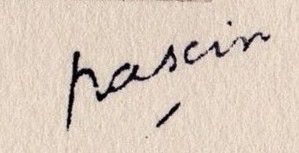
Notre équipe reste à votre disposition pour identifier vos œuvres.
Expertiser votre bien
Si vous êtes propriétaire d'une œuvre de Jules Pascin, n'hésitez pas à solliciter une évaluation gratuite en remplissant notre formulaire en ligne. Un membre de notre équipe, composée d'experts et de commissaires-priseurs agréés, vous contactera pour vous fournir une estimation de la valeur marchande de votre œuvre signée Jules Pascin.
Si vous envisagez de vendre votre œuvre, nos spécialistes vous guideront également à travers les différentes alternatives disponibles pour obtenir le meilleur prix possible, en tenant compte des tendances du marché et des spécificités de chaque objet.
Réponse en - de 24h
A découvrir dans la même thématique

Cote et valeur des tableaux, dessins, peintures de Ivan Fede...
Ivan Choultse est un peintre réaliste russe du XXème siècle qui a produit des huiles sur toiles qui ont de la valeur et sont cotées aux enchères.
En savoir plus >
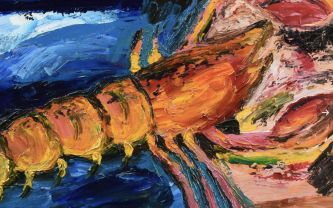
Cote et valeur des tableaux, dessins, peintures de Pierre Am...
Pierre Ambrogiani est un peintre qui a produit des tableaux modernes dont la cote et la valeur peuvent vous surprendre aux enchères. Estimation 24h.
En savoir plus >
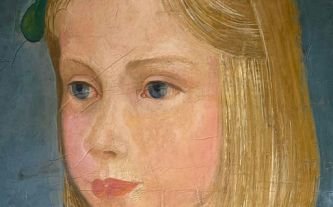
Cote et valeur 2024 des tableaux de Moïse Kisling
Moïse Kisling est un peintre de l'École de Paris qui a produit des tableaux dont la cote et la valeur sont élevées sur le marché des enchères.
En savoir plus >
Site sécurisé, anonymat conservé
Commissaire-priseur et expert agréé par l'État
Estimations gratuites et certifiées
